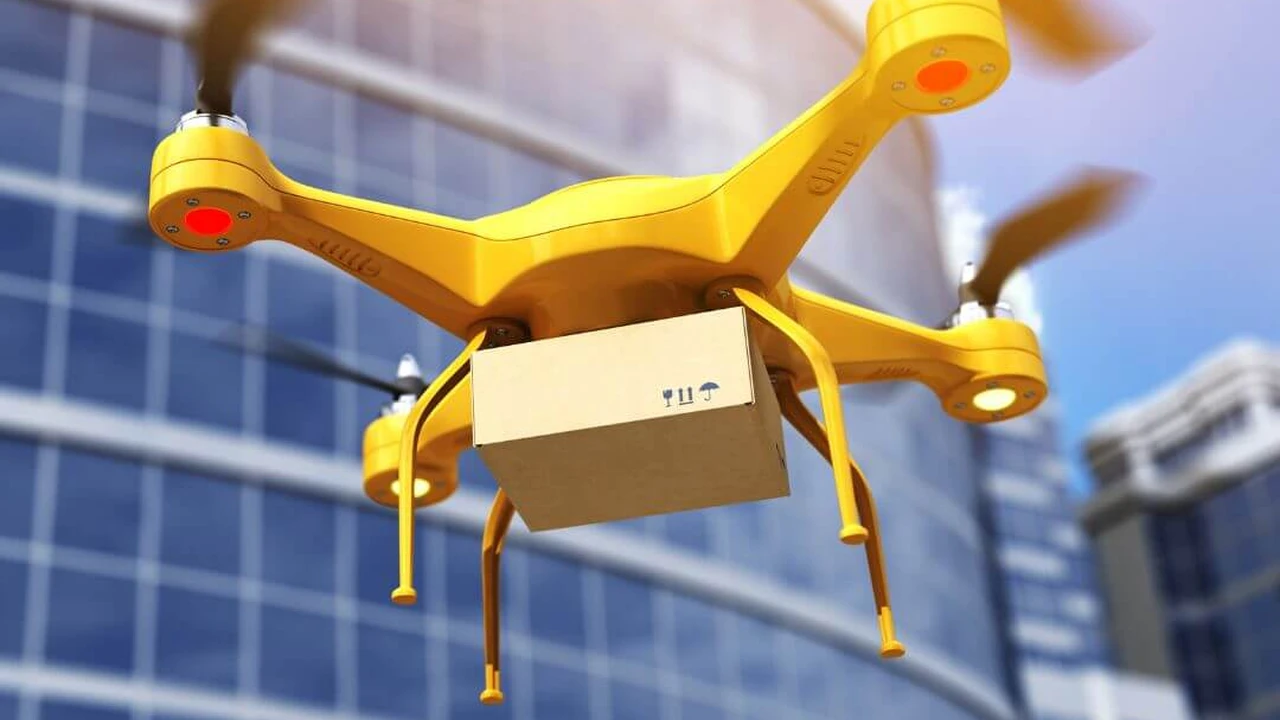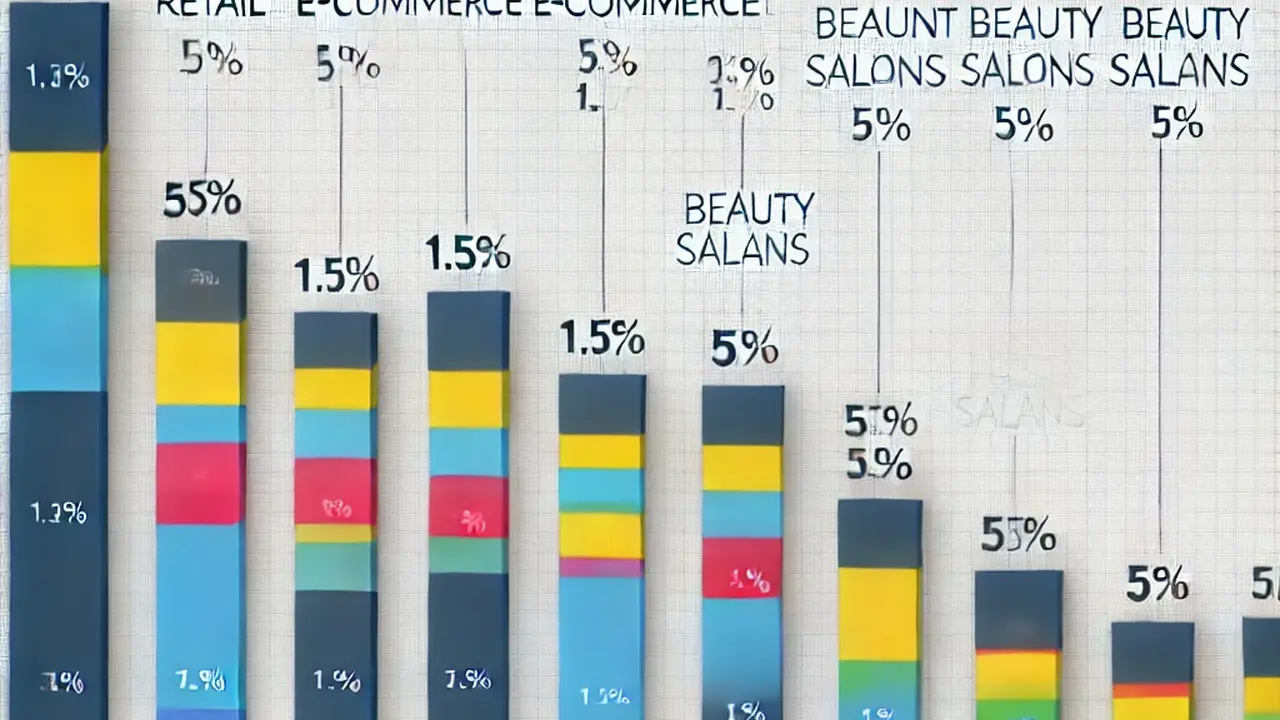The Future of Drone Delivery in SEA & Mexico E-commerce
Sample meta description.

Okay, so drone delivery. It's been the buzz for years, right? Everyone's picturing tiny robots zipping through the air, dropping packages on their doorstep. But how realistic is it really, especially in Southeast Asia (SEA) and Mexico? Let's dive into the nitty-gritty.
Drone Delivery E-commerce Potential in Southeast Asia and Mexico
First off, the potential is HUGE. Think about the geographical challenges in both regions. SEA is a collection of islands, dense jungles, and bustling cities with crazy traffic. Mexico has vast rural areas, mountainous terrain, and sprawling urban centers. Traditional delivery methods can be slow, expensive, and sometimes just plain impossible. Drones? They can potentially bypass a lot of that.
Imagine getting your online shopping delivered to a remote island in the Philippines within hours, or a critical medicine reaching a village in the Mexican Sierra Madre. That's the promise of drone delivery.
Key Challenges Facing Drone Delivery Rollout in SEA & Mexico
But hold your horses. It's not all sunshine and rainbows. There are some serious hurdles to overcome. Regulations are a big one. Each country in SEA and Mexico has its own set of rules (or lack thereof) regarding drone operation. Getting the necessary permits and approvals can be a bureaucratic nightmare.
Then there's the infrastructure. You need proper landing zones, charging stations, and maintenance facilities. And let's not forget about the weather. Monsoons in SEA and intense heat and unpredictable weather patterns in Mexico can ground drones for days on end.
And of course, security is a major concern. How do you prevent drones from being stolen or hijacked? What about privacy issues? These are questions that need to be addressed before drone delivery can become widespread.
Current Drone Technology and E-commerce Delivery Applications
Despite the challenges, drone technology is advancing rapidly. We're seeing drones with longer flight times, higher payload capacities, and improved navigation systems. Some companies are already experimenting with drone delivery in limited areas.
For example, in Singapore, various companies are testing drones for delivering packages to ships anchored offshore. In Mexico City, there have been pilot programs using drones to deliver medical supplies and food.
Specific Drone Products for E-commerce Last-Mile Delivery
So, what kind of drones are we talking about? Here are a few examples, along with their pros, cons, use cases, and price ranges:
DJI Matrice 300 RTK - The Workhorse Drone for E-commerce
Use Case: Primarily designed for inspection, mapping, and search & rescue, but adaptable for heavier payload deliveries in areas with stable infrastructure.
Pros: Extremely stable, long flight time (up to 55 minutes), high payload capacity (up to 2.7 kg), advanced obstacle avoidance, RTK positioning for precise landings.
Cons: Very expensive, complex to operate, requires trained pilots, not ideal for densely populated areas due to size and noise.
Price: $13,000 - $20,000 (depending on configuration)
Wingcopter 198 - Vertical Takeoff and Landing (VTOL) Drone for E-commerce
Use Case: Ideal for long-distance deliveries in challenging terrains and areas with limited landing space. Can also handle temperature-sensitive items.
Pros: VTOL capability, long range (up to 75 km), high speed (up to 150 km/h), can carry multiple packages in separate compartments, temperature-controlled payload option.
Cons: Expensive, requires specialized training, less payload capacity than some multirotor drones.
Price: Starting at $30,000 (estimated)
Zipline - Fixed-Wing Drone for Medical E-commerce Delivery
Use Case: Primarily used for delivering medical supplies, blood, and vaccines to remote areas. Not ideal for general e-commerce due to specialized delivery system.
Pros: Long range (up to 160 km), high speed, automated delivery system (packages are dropped with a parachute), proven track record in medical deliveries.
Cons: Very expensive, requires significant infrastructure investment, specialized delivery mechanism not suitable for all types of goods.
Price: Not publicly available (typically a service-based contract)
Smaller Multirotor Drones (e.g., DJI Mavic Series modified for delivery)
Use Case: Short-range deliveries in urban areas, delivering smaller packages like documents, food, or small consumer goods. Often used for pilot programs and testing.
Pros: Relatively affordable, easy to operate, compact size, good maneuverability in urban environments.
Cons: Limited payload capacity, short flight time, less stable in windy conditions, requires modifications for secure package delivery.
Price: $1,000 - $3,000 (plus modifications)
Drone E-commerce Delivery Scenarios and Product Comparisons
Let's imagine a few scenarios. If you're delivering high-value electronics to affluent customers in a city like Bangkok, the DJI Matrice 300 RTK might be a good option, despite its cost. The precision landing and stability are crucial for ensuring the safe delivery of expensive items.
On the other hand, if you're delivering medicine to a remote village in Oaxaca, Mexico, the Wingcopter 198 would be more suitable. Its VTOL capability allows it to land in small, unprepared areas, and its longer range is essential for reaching isolated communities.
For delivering food orders in a densely populated city like Jakarta, a smaller, modified DJI Mavic drone might be the best choice. Its compact size and maneuverability allow it to navigate through congested areas, and its relatively low cost makes it a more economical option for short-range deliveries.
Zipline, while not directly applicable to general e-commerce, provides a valuable model for how drone delivery can revolutionize the distribution of essential goods in challenging environments. Its success in delivering medical supplies has paved the way for other companies to explore similar applications.
The Role of 5G and Drone Traffic Management in E-commerce
The future of drone delivery also relies heavily on advancements in 5G technology and drone traffic management systems (UTM). 5G provides the high bandwidth and low latency needed for real-time drone control and data transmission. UTM systems are essential for safely managing a large number of drones operating in the same airspace, preventing collisions and ensuring efficient traffic flow.
Imagine a system where drones are automatically routed and monitored, avoiding obstacles and adjusting their flight paths in real-time based on weather conditions and air traffic. That's the vision of a fully integrated drone delivery ecosystem.
Future Trends and Predictions for E-commerce Drone Delivery in SEA & Mexico
So, what does the future hold? I predict that we'll see a gradual rollout of drone delivery services in SEA and Mexico over the next few years. Initially, it will be focused on niche applications, such as delivering medical supplies to remote areas or providing expedited delivery services to high-end customers.
As regulations become clearer and infrastructure improves, we'll see a broader adoption of drone delivery across various industries. E-commerce companies will increasingly integrate drones into their logistics networks to reduce delivery times, lower costs, and reach new markets.
However, it's important to remember that drone delivery is not a silver bullet. It's just one piece of the puzzle. Traditional delivery methods will still play a vital role, especially for larger and heavier items. The key is to find the right balance between drone delivery and traditional logistics to create a more efficient and sustainable delivery system.
:max_bytes(150000):strip_icc()/277019-baked-pork-chops-with-cream-of-mushroom-soup-DDMFS-beauty-4x3-BG-7505-5762b731cf30447d9cbbbbbf387beafa.jpg)






